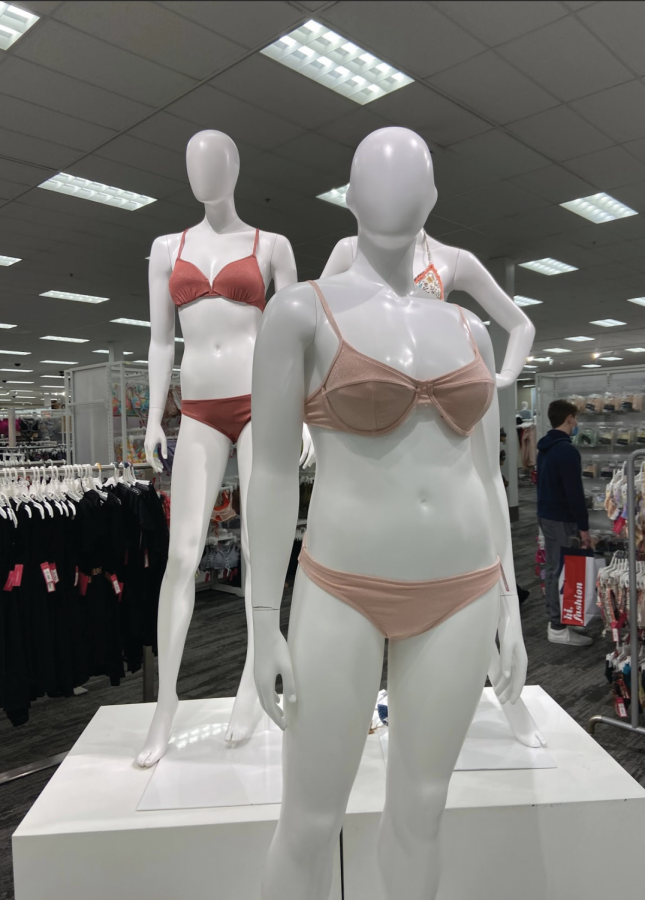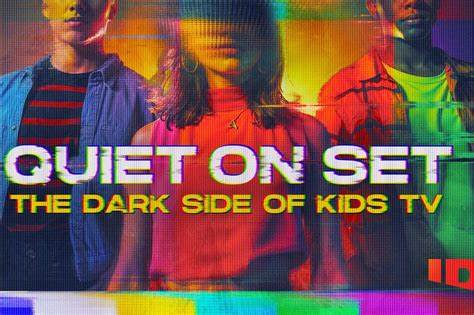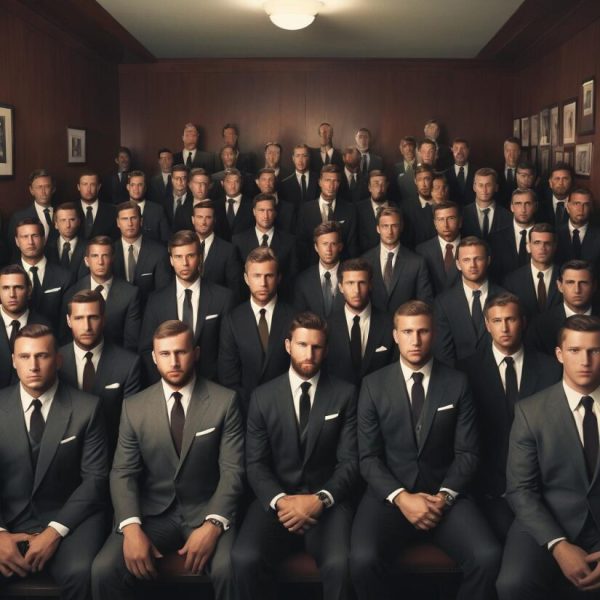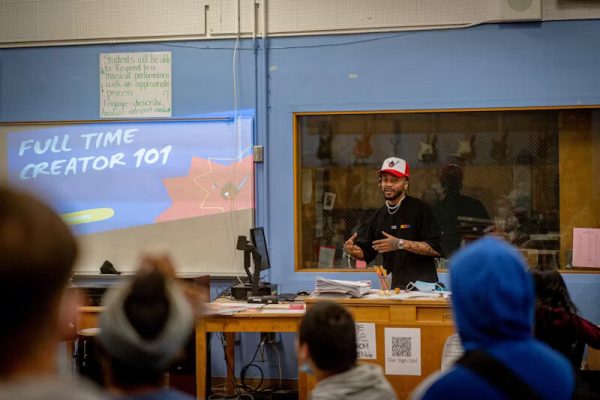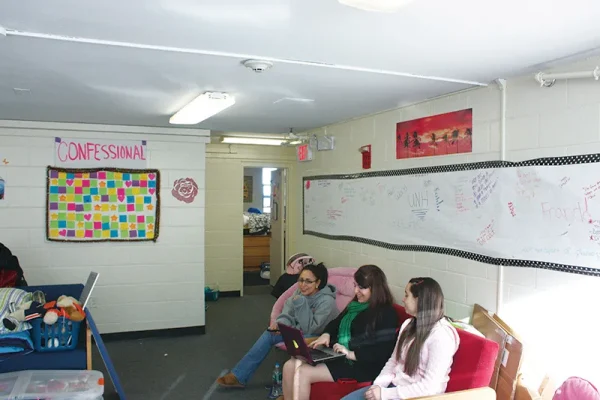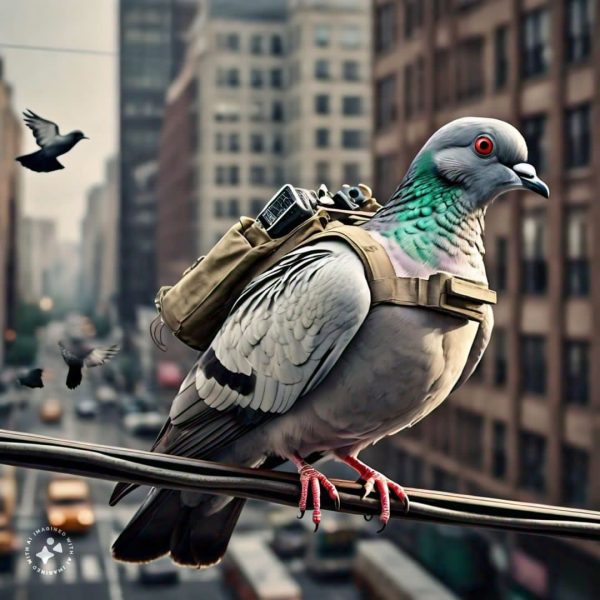2, 4, 6, 8, what other sizes do we appreciate?
Shopping can be a miserable chore. It is stressful, stores are always overcrowded and there never seems to be that one item of clothing that you originally came for. To make matters worse, if you happen to finally find an item, it may not even fit.
My roommates and I went to the Connecticut Post Mall for back-to-school clothes during our freshman year. In comparison to where I typically shop, I was disappointed with their selections. Stores such as Forever 21 and Charlotte Russe had big signs dictating where the “plus-size” clothing would be, only for there to be one, small shelf with a less than minimal selection. How can an entire department that represents a majority of women only be located on one shelf?
Most stores only hold up to a size 10 in their regular women’s department, starting their “plus-size” selection at a size 12. The average dress size for a woman in the U.S.s is 18 or 20; whereas the average size for a teenage girl in the U.S. is 12. It should no longer be recognized as plus-size as this is the average size of women across the country.
Being curvy means shopping online, paying extra for items because of size or shipping fees and constantly having to pay close attention to size charts because fashion sizes are not universal. In 1958, a size six was the same as a present-day size 12, as brands have shifted their measurements — waistbands can vary as much as six centimeters – to give a false sense of confidence by allowing shoppers to feel thinner.
In women’s sizes, two pieces of clothing in the same size can fit differently. For Eliana Docterman, her two size small dresses had this issue. She said, “The first one is tight enough that I struggle to breathe. The second balloons around me.”
In Docterman’s article, she also includes a size chart comparing different brands and their measurements for their size eight. According to the chart, H&M’s size eight bust is 34.5 inches and Guess’s bust is 37.5 inches which is a three-inch discrepancy. Zara’s size eight waist measurement is 27.6 inches whereas Calvin Klein’s is 29.5.
The fashion industry has constructed this idea of “beauty,” which has always been slim, long and thin. There is no such thing as “one size fits most”. All women are made uniquely, being different shapes and sizes however there still is a lack of size diversity in the industry. Brands are still stopping at size large (typically size eight or 10) before moving to their plus-size collection – if it is not simply ignored.
In an interview with Time, Melissa McCarthy said, “Women come in all sizes. Seventy percent of women in the United States are a size 14 or above, and that’s technically ‘plus-size,’ so you’re taking your biggest category of people and telling them, ‘You’re not really worthy.’”
Many corporations, such as Victoria’s Secret, Lululemon Athletica are significant parts of the problem as they say that plus-size clothing isn’t a part of their “formula” for success. Victoria’s Secret chief marketing officer Ed Razek said, “We attempted to do a television special for plus-sizes [in 2000]. No one had any interest in it. (People) Still don’t.”
Being a size 10, 12 or 14 is not plus-size and should not represent those who are. . The fashion industry has debuted plus-size female models that are becoming more and more well-known, such as Iskra Lawrence, Denise Bidot, Precious Lee, Paloma Elsesser and Danika Brysha.
Plus-size model Ashley Graham is known to be a U.S. size 16. She was the first-ever size 16 model to be the cover of Sports Illustrated Swimsuit. Graham defends traits that the media has portrayed as anything but average as completely normal. She said to Fox News, “Girls who are insecure about their bodies, girls who feel fat, girls who have cellulite, girls who have stretch marks on their body – those are all the things that I had as a kid.”
Shoppers should not have to experience lower quality and higher prices for the necessity of clothing. Comfort, affordability and style should be a must for larger sizes, just how it is for smaller sizes.
Graham’s swimsuit line, Swimsuits For All, has a range of designer styles, patterns and colors for suits ranging from sizes four through40. Similarly, Rhianna’s company Savage X Fenty is known to embrace people of all shapes, sizes and skin tones.
More brands that are well-known for having a larger size selection include American Eagle, Aerie, SmartGlamour, ASOS, Zara and Athleta. Some retailers you may not be familiar with are Ashley Stewart, Hanky Panky and Hope and Harvest.
Growing up, I never felt represented as I always struggled to find clothes that fit me properly. I am thankful to now have numerous inspirations to look up to and stores where I can shop and feel confident and comfortable.
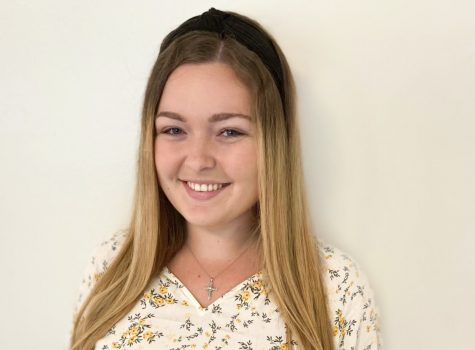
Elisa D’Egidio is a senior studying criminal justice with a concentration in crime analysis and a minor in English. Elisa has been an active staff writer...

